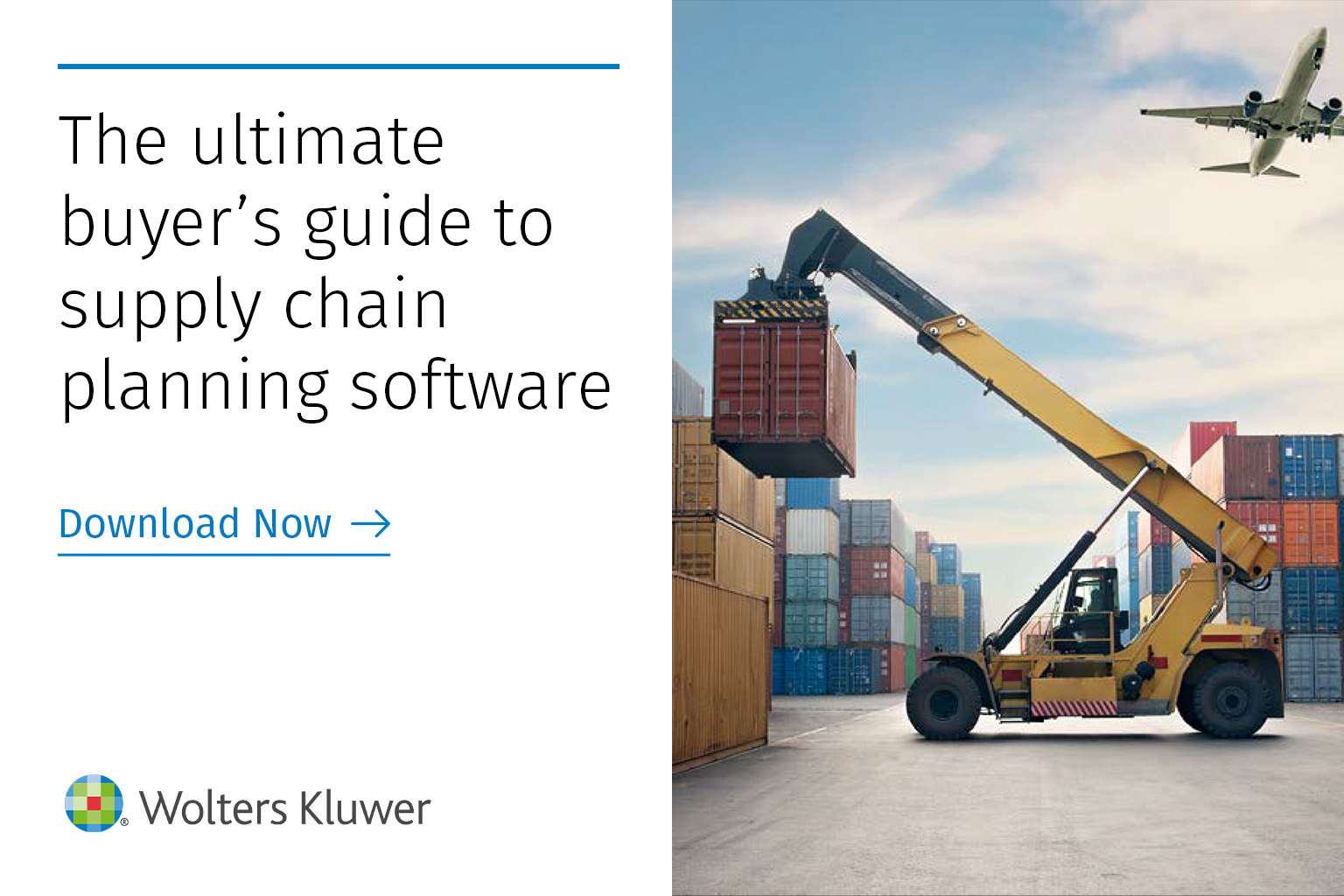Generally, the cost of a capital asset must be recovered over the life of that asset. This is done via depreciation or amortization or upon the disposition of the asset. The expensing election can allow certain amounts to be deducted in the year of acquisition.
As a general rule, you cannot deduct the entire cost of a capital asset in the year in which you acquire the asset. Because taxes are computed on an annual basis, permitting you to reduce taxable income by the amount you spent to acquire an asset that will be useful beyond the year of acquisition isn't allowed.
From the government's perspective, if you claimed a deduction for the full cost of the asset, you would be unreasonably reducing income in the year of acquisition. Therefore, the tax rules provide that such expenditures generally must be capitalized and the cost of acquiring them deducted over a number of years.
It follows that the cost of capital assets (assets that have a useful life of more than one year) must be written off (depreciated or amortized) over more than one year.
For tax purposes, you'll eventually recover the benefits of a capital expense through:
- annual depreciation or amortization deductions for the property and/or
- a reduced amount of taxable gain or an increased amount of taxable loss when you sell or otherwise dispose of the property.
The IRS has developed a number of methods for determining depreciation, such as MACRS and straight-line. All the methods require that you determine your depreciable basis in the asset.
Bonus Depreciation and Expensing Election Allow Costs To Be Currently Deducted
While the rules regarding capital assets versus business expenses have not changed, there are two important tax saving provisions that every small business owner should consider for property placed in service before 2014: bonus depreciation and/or the Code Section 179 expenses election. Bonus depreciation is not available for most property placed into service after 2013.
Using one, or both when available, of these tax provisions enables a small business owner to deduct all (or nearly all) of the cost of a capital asset in the year in which it is acquired. (See our discussion at Use Expensing or Bonus Depreciation to Write Off Assets for a more complete discussion.)
Bonus depreciation.
If you bought—and placed into service—a qualifying asset (most personal property), after 2007 but before 2014, you were able claim a "bonus" depreciation deduction. This enabled you to deduct a portion of the cost in the year of the purchase.
The bonus depreciation percentage has varied over time.
- After 2007, but before September 9, 2010, the deduction was 50 percent of the cost
- After September 8, 2010 but before January 1, 2012, you could have deducted 100 percent of the cost.
- After 2011 but before 2014, the maximum deduction was 50 percent of the cost.
- After 2013, there is no bonus depreciation allowed.
Expensing election.
You may also have the option of claiming the expensing election for property that you acquire and place into service. As with bonus depreciation, the amount the can be expensed has varied over the years. The maximum was $500,000 for tax years beginning in 2010 through 2013. Unfortunately for the small business owner, for tax years beginning after 2013, the limit is $25,000. (See our discussion at Use Expensing or Bonus Depreciation to Write Off Assets for a more complete discussion.)
How capital asset costs are recovered
You generally can't deduct the entire cost of a capital asset it the year that you acquire the asset. Instead, you must recover the cost in one of three ways:
- over time via depreciation,
- over time using amortization, or
- upon the sale of the asset.
The type of asset determines the recovery method that you must use.
Assets whose costs are recovered upon sale
Land is probably the most commonly encountered property that is not depreciable or amortizable. As a rule, you can only recover the cost of land when you sell it: Upon the sale, you'll subtract the cost from the sales price to determine your taxable gain.
Work Smart
The cost of a building located upon the land is depreciable. So, if you purchase both land and a business building, the cost of the land must be subtracted from the total cost of the property before you can determine the depreciation expense for the building.
The costs of clearing, grading, planting, landscaping, or demolishing buildings on land are not depreciable, but are added to the tax basis of the land, so they can reduce your taxable gains on the property when it comes time to sell.
Personal use assets. You can never depreciate an asset that is used for personal purposes, such as your personal automobile. However, if an asset is used partially for business and partially for personal use, the portion of the asset used for business purposes is depreciable.
Other nondepreciable property. Other items that are not depreciable are inventory and property you lease or rent from others. However, under some circumstances, if you pay for some permanent improvements on property that you lease (for example, you remodel your leased office or store), you can depreciate the cost of the improvements.
Assets whose costs are recovered by amortization
The costs of some business assets are recovered through amortization. This means that the initial cost is deducted in a series of equal amounts over time for a specified period. An example of this is the cost of starting your business, which can be deducted over a period of 180 months after the business begins to operate. Similarly, customized computer systems that are acquired in the purchase of a business must be amortized over a period of 15 years.
Intangible assets. Intangible assets include:
- agreements not to compete,
- franchise rights,
- business licenses,
- patents,
- copyrights, trademarks, trade names, business goodwill, and going concern value that are acquired as part of the acquisition of a substantial portion of a business
Intangible assets must be amortized over the course of 15 years.
Tip
Most intangible assets acquired before August 11, 1993 cannot be amortized at all; others, such as patents and copyrights, agreements not to compete, designs and patterns, franchises, and customer or subscriber lists, must be depreciated using the straight-line method over their useful life.
Off-the-shelf or customized software. Off-the-shelf computer software and customized software that is not acquired in connection with the acquisition of a business must generally be amortized over 36 months from the date of purchase. However, you may elect to expense in the first year the entire cost of off-the-shelf software and other depreciable business assets purchased and placed in service during a taxable year.
Assets whose costs are recovered through depreciation
In general, property (other than the types mentioned above) can be depreciated if it meets all of the following requirements:
- You own the property.
- It is used in a trade or business or held for the production of income as an investment property.
- It has a finite period of usefulness in your business that can be estimated with some confidence, and that is longer than one year.
- It wears out, decays, gets used up, becomes obsolete, or loses value from natural causes.
Examples of depreciable assets are cars, computers, office furniture, machines, buildings, and significant additions or improvements (as opposed to repairs) to these kinds of property. However, as a general rule, any intangible assets created by your business (rather than purchased from someone else) cannot be depreciated or amortized.



